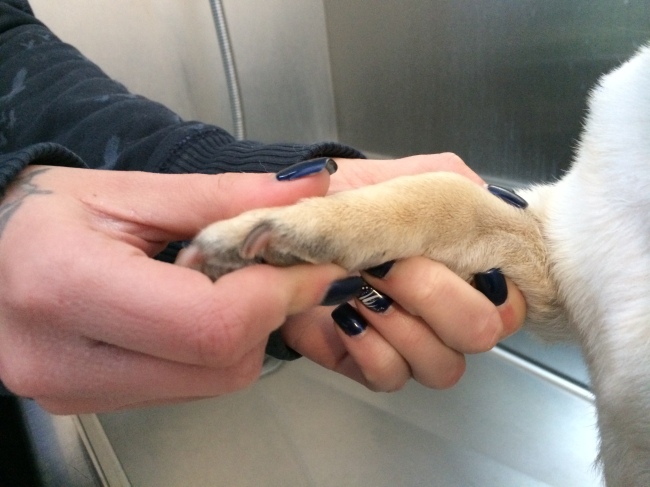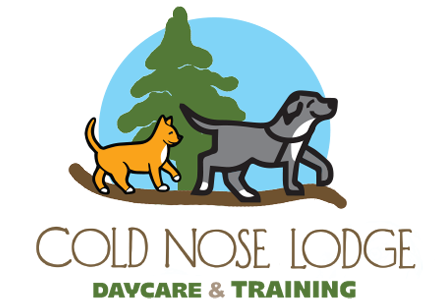Winter Feet Health
Have you noticed that your feet and hands are more likely to feel dry and crack in the winter cold? Have you checked your dog’s paws to be sure he isn’t suffering from the same problems? Remember, your dog is walking around outside without the protection of shoes or gloves.
Regular nail trims are your first step to healthy feet. Long nails are more likely to get caught or tear. They can also alter the way your dog positions his feet, which can lead to discomfort when standing or walking. For many dogs, this is something you can do at home. If you are uncomfortable doing the trimming yourself, schedule regular appointments with your local groomer, pet store, or veterinary clinic.
With all the snow and ice we have seen in the northeast this winter, your dogs have been exposed to road chemicals. Wipe off your dog’s feet after every outing to clear off this salt and chemical mix. Even if just out in your backyard, your dog could collect ice between the pads of the feet. While wiping the feet, look at the skin condition. If the pads seem dry or rough, start using a cream or lotion on them. Several products are available specifically for dog feet. Plain petroleum jelly or Aquaphor can also be used. Select from products that are safe for your dog to lick. We know most dogs will taste or lick off anything that has been applied. 
While applying cream to the feet, look at all surfaces. This regular attention to the feet will help you keep an eye out for any growths or injuries on your dog’s feet. Early treatment is always best. You can place baby socks or dog boots over the feet to prevent the licking. Dog boots can also be used when heading outside to protect paws from the elements. Some dogs will refuse to walk in the boots, but most will get used to them.


